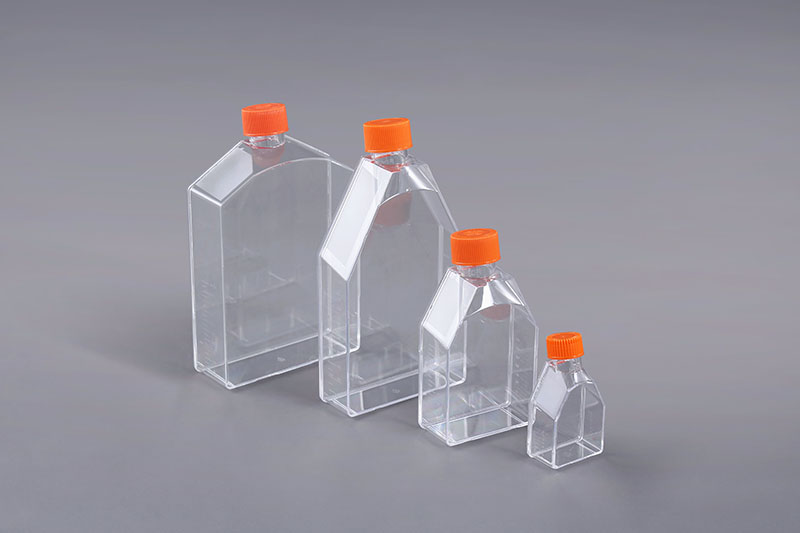세포 배양 플라스크시장에서 널리 사용되는 일종의 세포 배양 소모품으로 주로 부착 세포 배양에 적합합니다. 그 중 이 소모품은 마우스 섬유아세포의 통과에도 사용됩니다.
마우스 섬유아세포는 과학 연구 또는 산업 응용과 같은 비의료적 목적으로 사용되는 특수 세포입니다. 섬유아세포는 기능이 활발하고 호염기성 세포질이 약합니다. 그들은 명백한 단백질 합성 및 분비 활동이 있습니다. 특정 조건에서 그들은 섬유 세포와 상호 변환을 달성할 수 있습니다. 섬유아세포를 받은 후 인큐베이터에서 약 4시간 동안 안정화시킨 후 배지를 교체하면서 세포 밀도에 따라 배양 또는 계대해야 합니다. 통과 작업은
1 단계를 따릅니다. 원래 세포 배양 플라스크의 배지를 흡인하고 PBS 버퍼로 세포를 두 번 헹구고 트립신 소화를 위해 1~2 ml의 0.25% EDTA를 추가합니다(소화 시간에 주의, 일반적으로 1~2분 이내로 조절).
2. 현미경으로 소화를 관찰합니다. 세포 가장자리가 수축하여 벽에 붙으면(세포가 뜨기 전까지 소화는 권장하지 않음) 트립신을 제거하고 완전배지 6~8ml를 첨가하고 세포층을 살살 불어서 불어내어 세포층을 날려보낸다. .
삼. 세포 현탁액의 일부를 꺼내 새 세포 배양 플라스크에 옮기고 적절한 완전 배지를 추가하고 배양기에서 배양합니다.
4. 배지의 pH 값의 변화에 주의하고 배지를 정기적으로 교체하고 세포 밀도가 70-80%에 도달하면 계대 배양 또는 동결 보관을 반복합니다.
세포 계대에서 세포 배양 플라스크의 주요 역할은 세포를 저장하고 세포에 부착성 성장 환경을 제공합니다. 세포를 받은 후 세포벽이 깨지거나 새는 경우 세포가 오염되었음을 의미하므로 적시에 공급자에게 연락해야 합니다.
The FAI climbed 5.9 percent year-on-year in the first 11 months of 2018, quickening from the 5.7-percent growth in Jan-Oct, the National Bureau of Statistics (NBS) said Friday in an online statement.
The key indicator of investment, dubbed a major growth driver, hit the bottom in August and has since started to rebound steadily.
In the face of emerging economic challenges home and abroad, China has stepped up efforts to stabilize investment, in particular rolling out measures to motivate private investors and channel funds into infrastructure.
Friday's data showed private investment, accounting for more than 60 percent of the total FAI, expanded by a brisk 8.7 percent.
NBS spokesperson Mao Shengyong said funds into weak economic links registered rapid increases as investment in environmental protection and agriculture jumped 42 percent and 12.5 percent respectively, much faster than the average.
In breakdown, investment in high-tech and equipment manufacturing remained vigorous with 16.1-percent and 11.6-percent increases respectively in the first 11 months. Infrastructure investment gained 3.7 percent, staying flat. Investment in property development rose 9.7 percent, also unchanged.
 English
English



















































